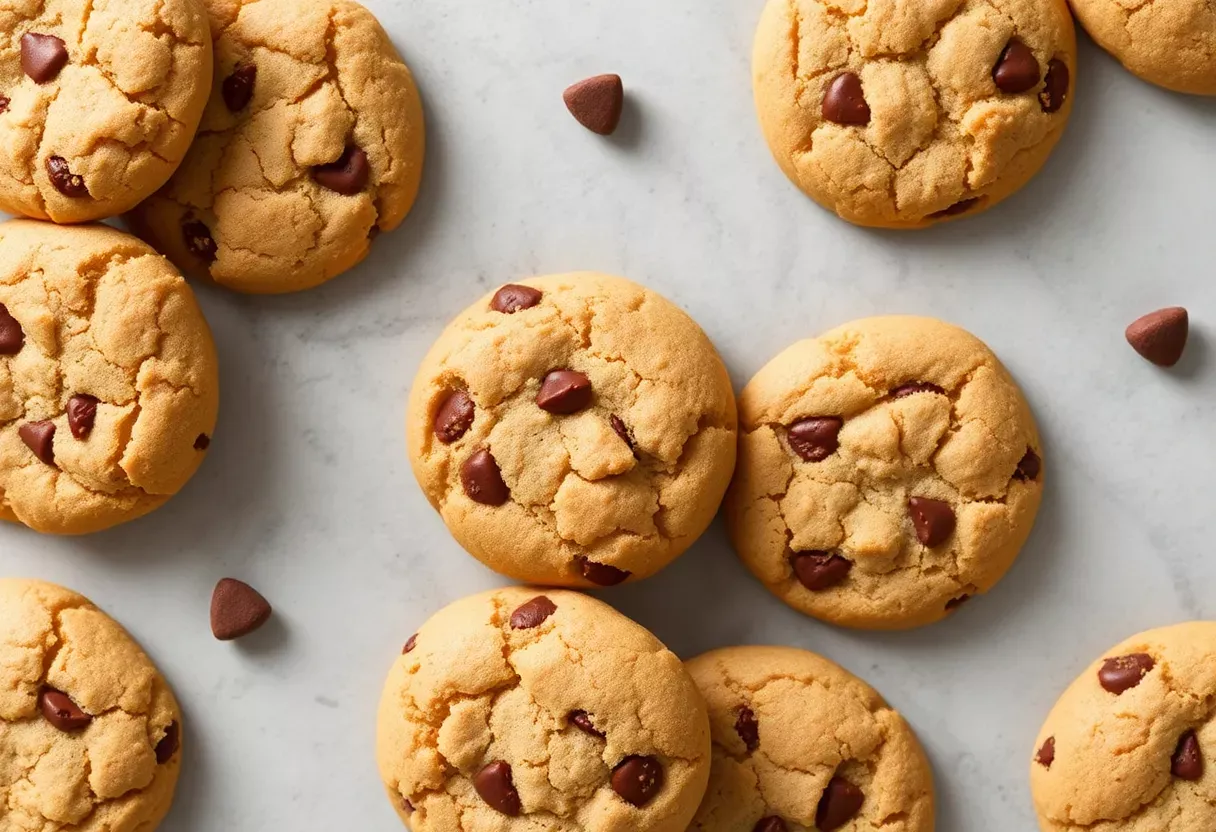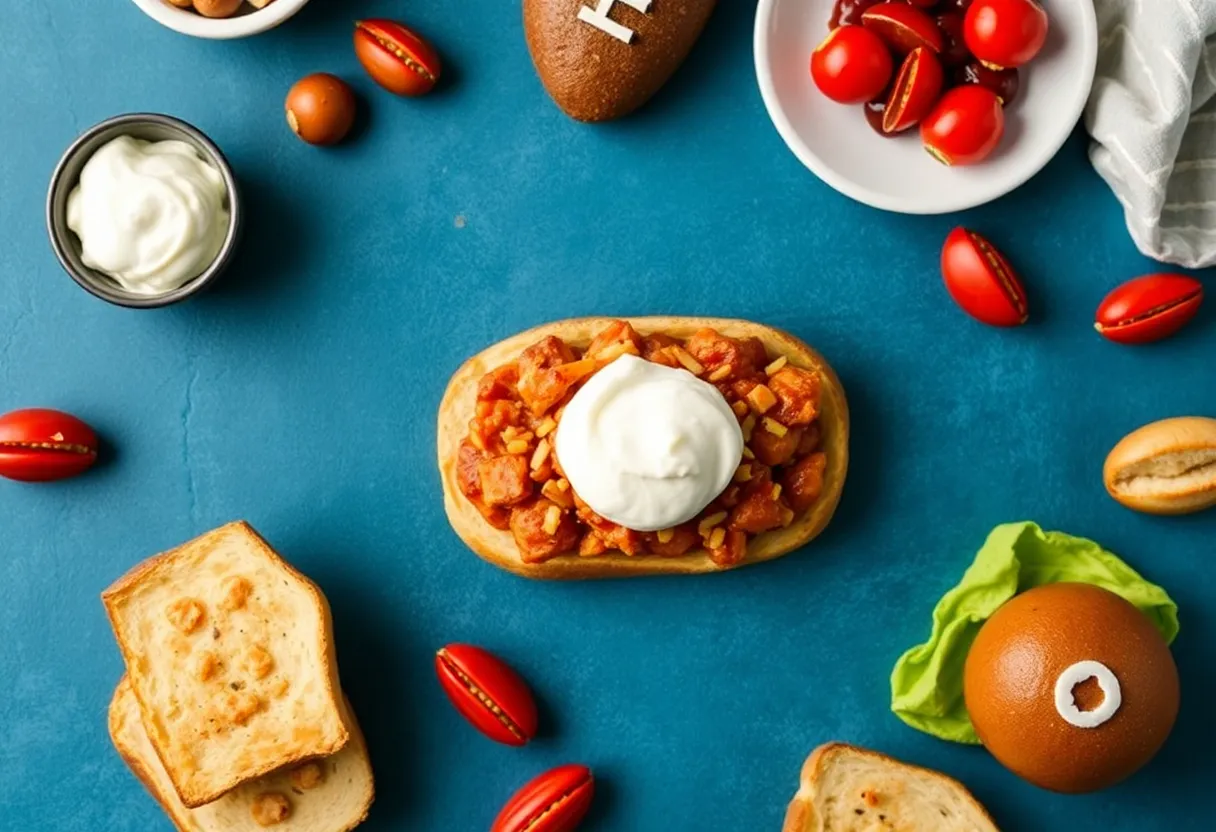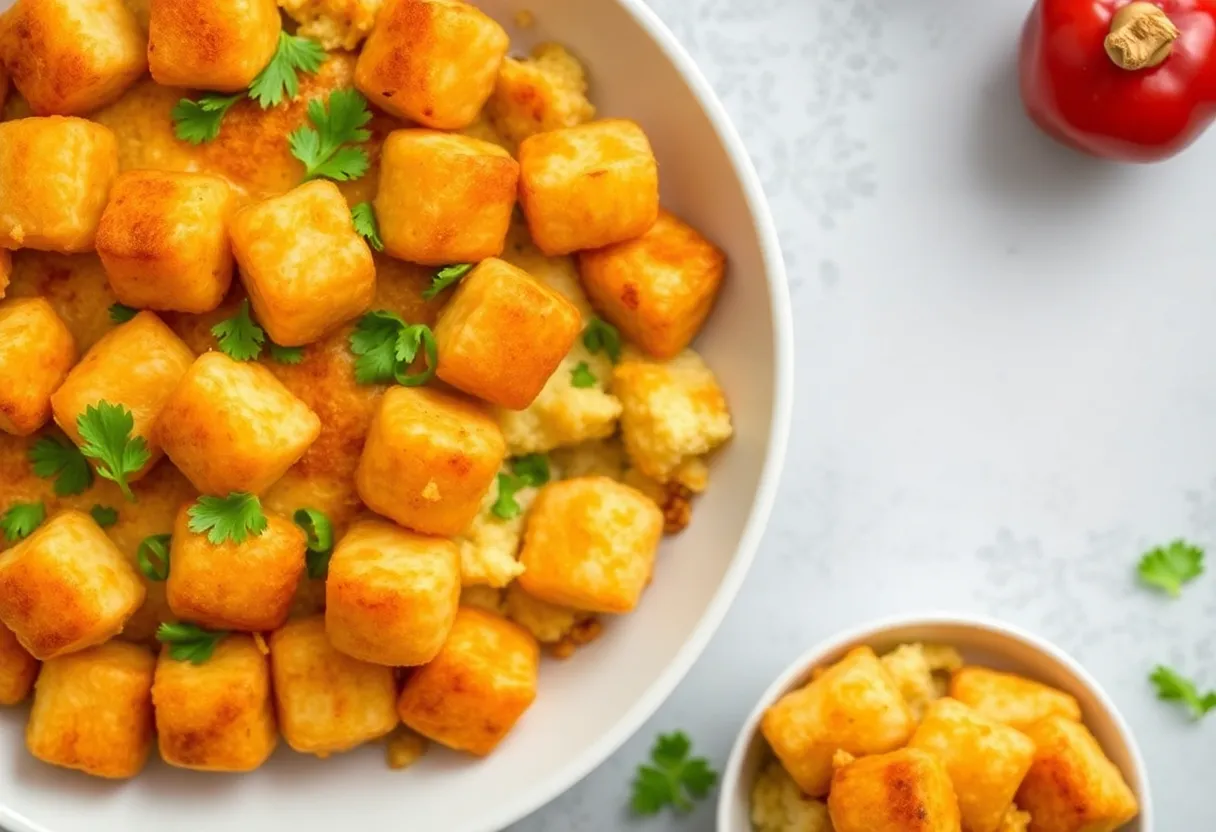Let’s be real—gluten-free bread from the store tastes like cardboard with commitment issues. It crumbles, it’s dry, and it costs more than your favorite coffee habit. But what if you could make soft, fluffy, actually delicious gluten-free bread at home?
No weird ingredients, no baking degree required, just your trusty bread machine doing the heavy lifting. This recipe isn’t just good; it’s “why-didn’t-I-try-this-sooner” good. Ready to never settle for sad gluten-free loaves again?
What Makes This Recipe So Good
This isn’t your average gluten-free bread.
It’s moist, chewy, and doesn’t disintegrate when you look at it wrong. The secret? A blend of gluten-free flours that mimic the real deal, plus a touch of xanthan gum for structure.
No bricks, no sawdust—just a loaf that’ll make you forget gluten ever existed. And since it’s made in a bread machine, you get all the credit with none of the kneading drama.
Ingredients
- 1 ½ cups gluten-free all-purpose flour blend (look for one with xanthan gum)
- ½ cup almond flour (for texture and moisture)
- 1 tsp xanthan gum (skip if your flour blend already has it)
- 1 tbsp sugar or honey (yeast needs snacks too)
- 1 tsp salt (because flavor matters)
- 1 packet (2 ¼ tsp) active dry yeast (the magic riser)
- 1 cup warm water (not hot, unless you enjoy killing yeast)
- 2 tbsp olive oil or melted butter (for richness)
- 2 eggs (or flax eggs for vegan)
- 1 tsp apple cider vinegar (helps with rise and texture)
Step-by-Step Instructions
- Prep the yeast: Mix warm water, sugar, and yeast in a small bowl. Let it sit for 5-10 minutes until frothy.
If it doesn’t bubble, your yeast is dead—start over.
- Mix dry ingredients: In a separate bowl, whisk flours, xanthan gum (if needed), and salt.
- Combine wet ingredients: Add oil, eggs, and vinegar to the yeast mixture. Stir well.
- Machine time: Pour wet ingredients into the bread machine pan, then add dry ingredients on top. Select the gluten-free setting (or basic white bread if yours lacks it).
- Walk away: Let the machine work its magic.
No peeking—it’s not a microwave.
- Cool it: Once baked, let the loaf cool for 10 minutes in the pan, then transfer to a rack. Cutting too soon = gummy disaster.
Storage Instructions
Gluten-free bread dries out faster than your patience at a DMV. Store it in an airtight container at room temp for up to 3 days.
For longer life, slice and freeze it—toast straight from the freezer for best results. Pro tip: A slice of bread in the container keeps it softer (weird but works).
Benefits of This Recipe
Besides tasting like actual bread? It’s easy, customizable, and cheaper than store-bought.
No weird preservatives, no mystery ingredients—just you controlling what goes in. Plus, it’s versatile: swap flours, add seeds, or throw in herbs. Gluten-free doesn’t mean flavor-free.
Common Mistakes to Avoid
- Overmeasuring flour: Spoon it into the cup, don’t scoop.
Packed flour = dense loaf.
- Using cold ingredients: Yeast won’t rise if it’s shivering. Warm that water slightly.
- Skipping the vinegar: It’s not just for salads—it helps the bread rise better.
- Cutting too soon: Patience, grasshopper. Hot bread crumbles like your last diet attempt.
Alternatives
No almond flour?
Try oat flour or sorghum. Vegan? Use flax eggs and maple syrup.
Bread machine broken? Mix by hand, bake at 375°F for 40-45 minutes. FYI, manual baking requires more babysitting—your machine is the real MVP here.
FAQ
Can I use a different gluten-free flour blend?
Yes, but results vary.
Stick to blends meant for baking (Bob’s Red Mill, Cup4Cup) for best texture. Random flour mixes = risky business.
Why does my bread sink in the middle?
Too much liquid or dead yeast. Measure carefully and test your yeast first.
Also, don’t open the machine mid-cycle—it’s not a curiosity contest.
Can I make this without a bread machine?
Sure, but you’ll need to knead (see what I did there?) and monitor the rise. The machine just makes it idiot-proof.
How do I make the crust softer?
Brush the top with butter right after baking or wrap the loaf in a towel while cooling. Crust too hard?
Your machine might run hot—try a shorter bake time.
Is this recipe dairy-free?
Yep, if you use oil instead of butter. For vegan, swap eggs for flax eggs (1 tbsp ground flax + 3 tbsp water per egg).
Final Thoughts
Gluten-free bread doesn’t have to suck. With this recipe, your bread machine becomes a superhero, and you get loaf after loaf of actual edible bread.
No more settling, no more crumbling—just you, winning at gluten-free life. Now go forth and bake. Your future sandwiches thank you.






